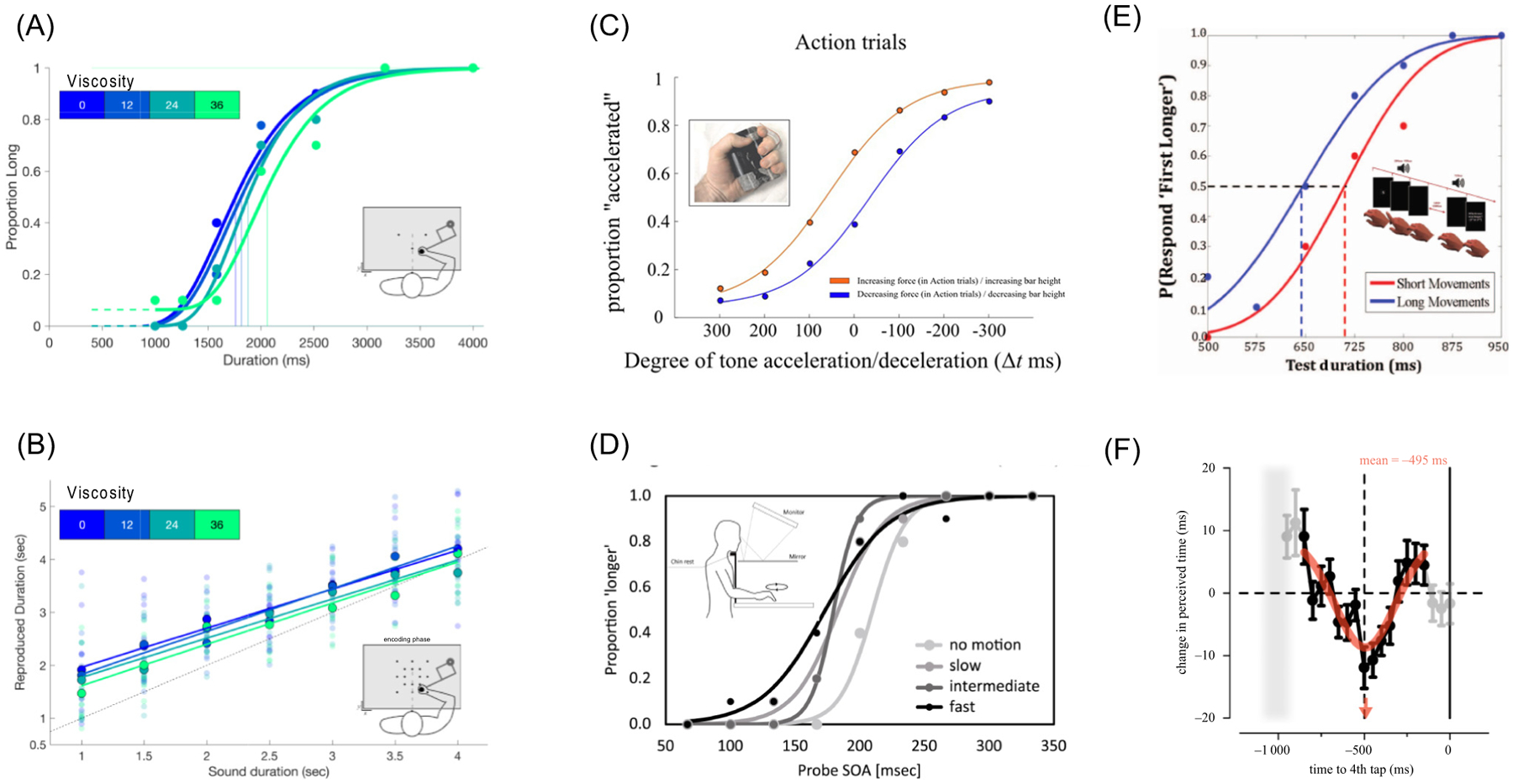Figure 2. Concurrent movements bias time perception.

(A) While categorizing auditory tone lengths, increasing the viscosity of a concurrently moved robotic arm leads to shorter perceived durations. (B) Similarly, reproduced time intervals experienced with greater viscosity are also shortened. (C) Holding a force gripper with increasing/decreasing force while judging tone sequences as accelerating/decelerating enhances the separation between perceptual judgments. (D) When judging time intervals while performing circular movements behind an occluder at different speeds, faster speeds lead to shortened perceived time intervals. (E) When performing a finger hyperextension at different speeds, longer movement lengths lead to longer perceived intervals. (F) Similarly, when tapping with the index finger, concurrently presented time intervals are lengthened at the halfway point between finger taps, but shortened at times closest to the preceding or upcoming finger tap. Data from (A,B): [51]; (C): [55]; (D): [47]; (E) [46]; and (F) [52], with permission.
